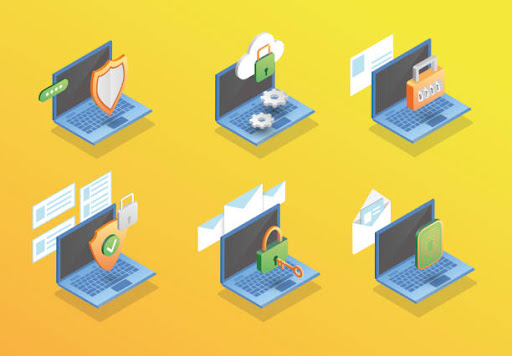In the modern age of technological innovation, corporations witness a surge in cases of identity theft and other types of fraud. There has been an overall increase of 18% in global fraud activities, of which more than 51% are identity fraud cases. For this reason, experts want to implement a powerful digital solution that can fight identity theft and facilitate corporations to follow KYC and AML regulations. The implementation of verification of document systems can help professionals achieve their goals timely. This way, businesses can boost sales and strengthen customer relationships quickly.
The following article looks closely at the significance of document validation services and how professionals can use cutting-edge systems to accomplish their goals.
Identity Theft – A Brief Overview
Identity fraud is a serious crime in which a perpetrator uses fake ID credentials to accomplish their malicious objectives, e.g. instant financial rewards or pension.
According to federal law, it is illegal to impersonate someone, and the crime has severe consequences. In 1998, the US Congress introduced Identity Theft and Assumption Deterrence Act, which declared identity theft a serious crime.
As per the United States Department of Justice, impersonation results in a maximum of 15 years of imprisonment and confiscation of any materials that facilitated the crime.
Document Validation – A Quick Insight
Document authentication is an advanced approach to fraud prevention where the system screens government-issued records to deter bad actors.
With the arrival of record authentication services, corporations can easily forgo traditional and outdated, time-consuming, and resource-draining approaches. AI-driven approaches have the power to resolve the above issues for modern-day companies. Customers living in remote areas can also benefit from the services from the comfort of their homes. The application of verification of document systems streamlines the onboarding procedure and offers a positive customer experience. With record verification solutions, users can easily comply with KYC and AML regulations, saving them from hefty fines and bans.
Using the document checker can also help companies perform age validation systems to limit the access of underage users.
The following points highlight various document fraud types that fraudsters use to accomplish their malicious objectives:
-
Camouflage Records
On camouflage records, there is always extra information, which is misleading. For example, criminals input names of issuing authorities that do not exist in reality and do not even have the power to issue records. Camouflage document scams are unsophisticated but still pass through security mechanisms.
-
Forged Documents
There are different kinds of scams, but their basis is still the same. Criminals change the data on records to modify their identities. For instance,
- Modifying the variable data
- Swapping genuine pages with fake ones
- Extracting pages or certain pieces of information
- Using fake stamps and watermarks
- Altering or adding data to original records
-
Blank Stolen Records
The case is that authentic documentation is initially blank. Such records become fake when criminals leak the original paperwork by adding fake information. Only the application of document verification software can help business experts deal with this type of crime.
-
Counterfeit Records
Just like fake money, counterfeit records are replications of original documentation. Usually, a criminal uses a template and adds fake data and images. Perpetrators can buy them illegally and then sell counterfeit documentation on the black market.
-
Fraudulently Obtained Records
In this type of scam, criminals lie on their applications in various ways. For example, perpetrators can use fake photos and modify personal information. This way, fraudsters manipulate authorities to issue them original records that actually contain fake information.
Fighting Fraud with Verification of Documents
To actively fight crime, global regulatory authorities e.g., FATF and FINTRAC, have introduced KYC and AML regulations that all businesses must follow to discourage crime. According to the standards, corporations must perform proper due diligence regimes on their users. The process can be done by deeply analyzing user records to authenticate ID credentials and discourage fraud. The Know Your Customer (KYC) process was previously done by professionals, financial institutions, or embassies in person. With technological advancement, the AI and ML models support identity verification systems and make the process seamless.
In modern times, businesses can easily do business on their smart devices, and professionals can feel confident that only genuine clients are getting onboarded.
Evaluating the Effectiveness of Verification of Documents
AI-driven software can effectively distinguish between fake records and genuine documents. The cutting-edge system is more accurate and highly effective than traditional approaches. This way, corporations can save time and company capital, which enables clients to validate their identities instantly.
The latest digital solution can process various types of records worldwide. Corporations can easily provide global coverage to remote clients while ensuring high-quality results.
The Bottom Line
The application of verification of document solutions can help businesses streamline their onboarding procedure. This way, companies can easily forgo traditional approaches that are time-consuming and resource-draining for enterprises.
Verification of documents is a GDPR and PCI DSS-compliant solution that can help corporations attract genuine customers worldwide. This innovative approach can help corporations maintain market credibility and increase brand awareness. Consequently, the significance of utilizing state-of-the-art solutions becomes obvious.





